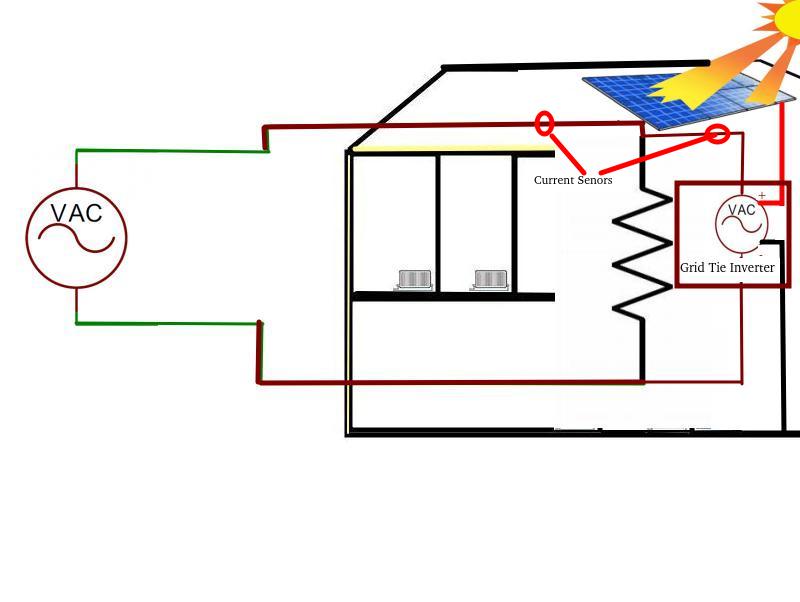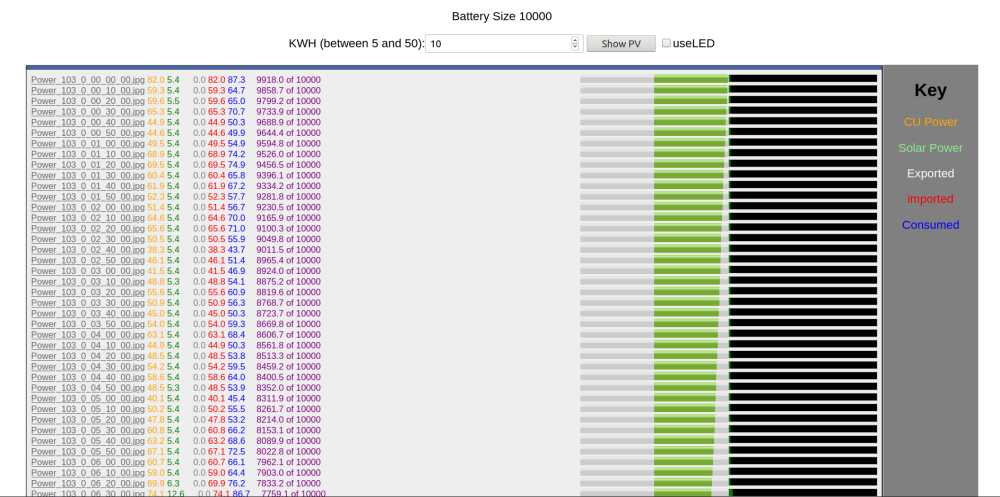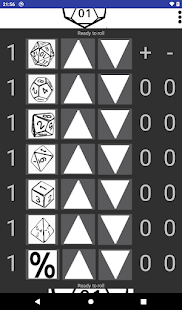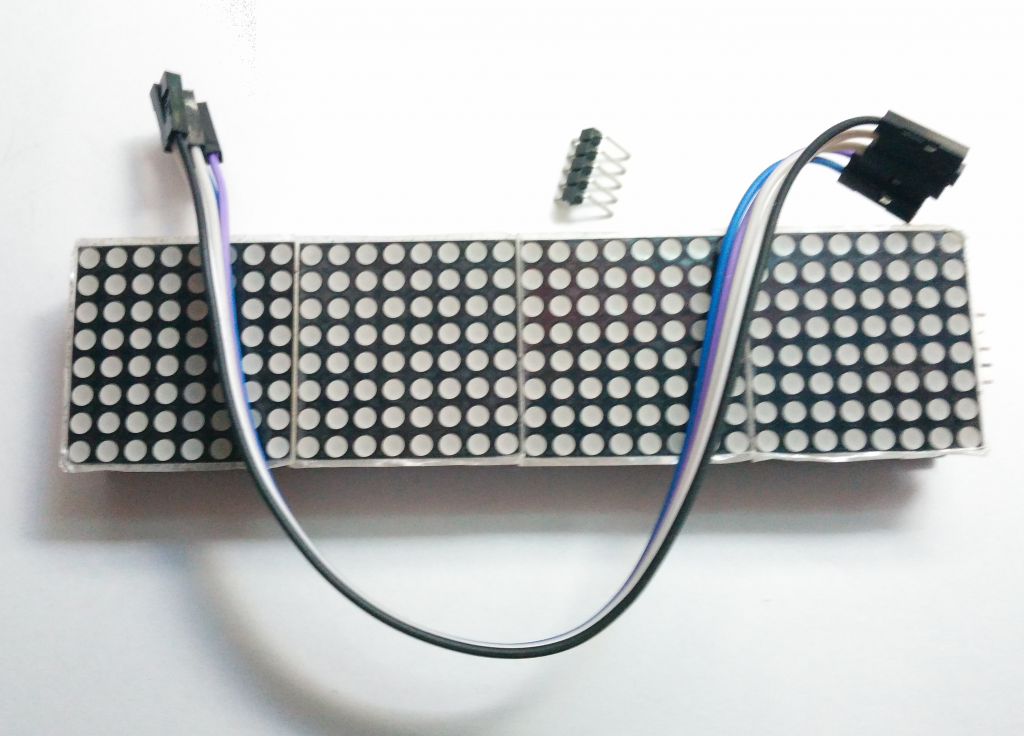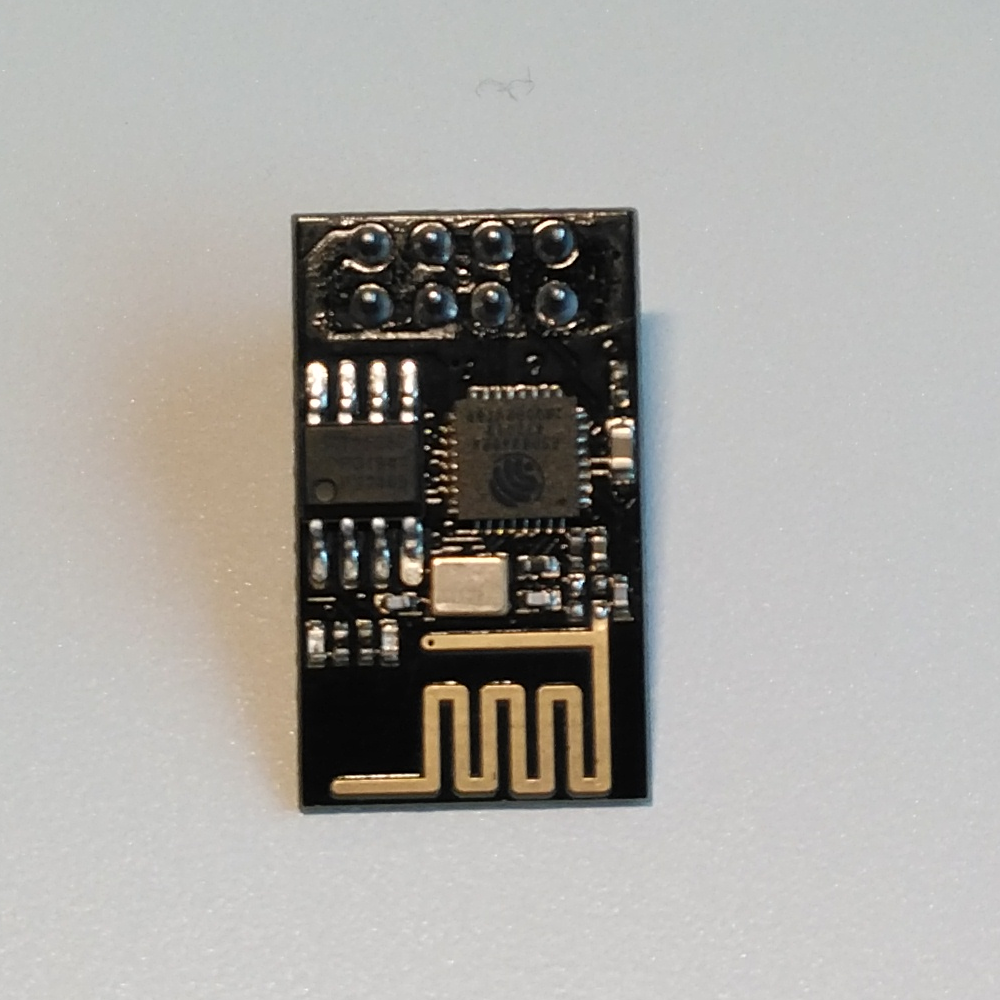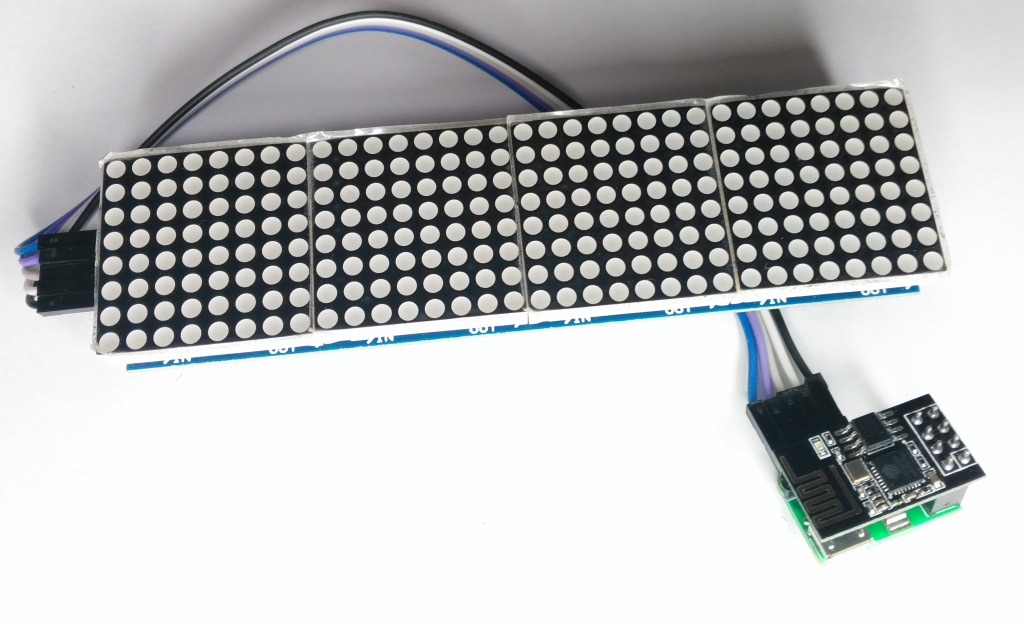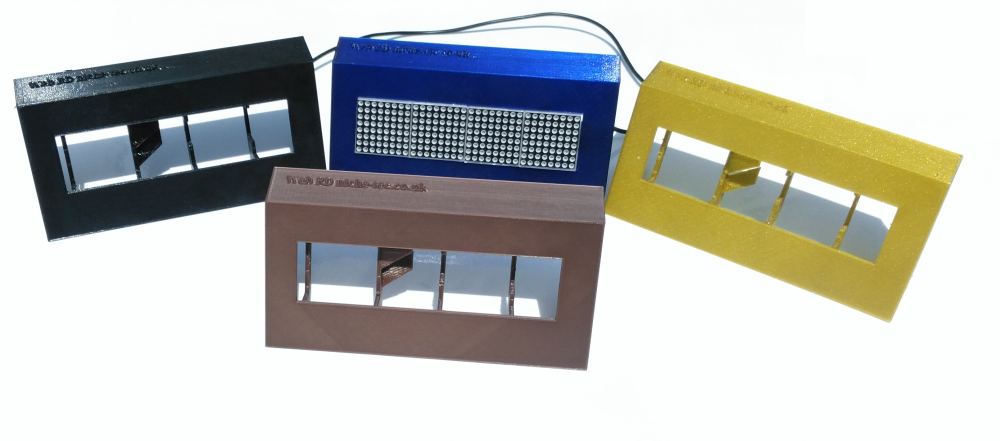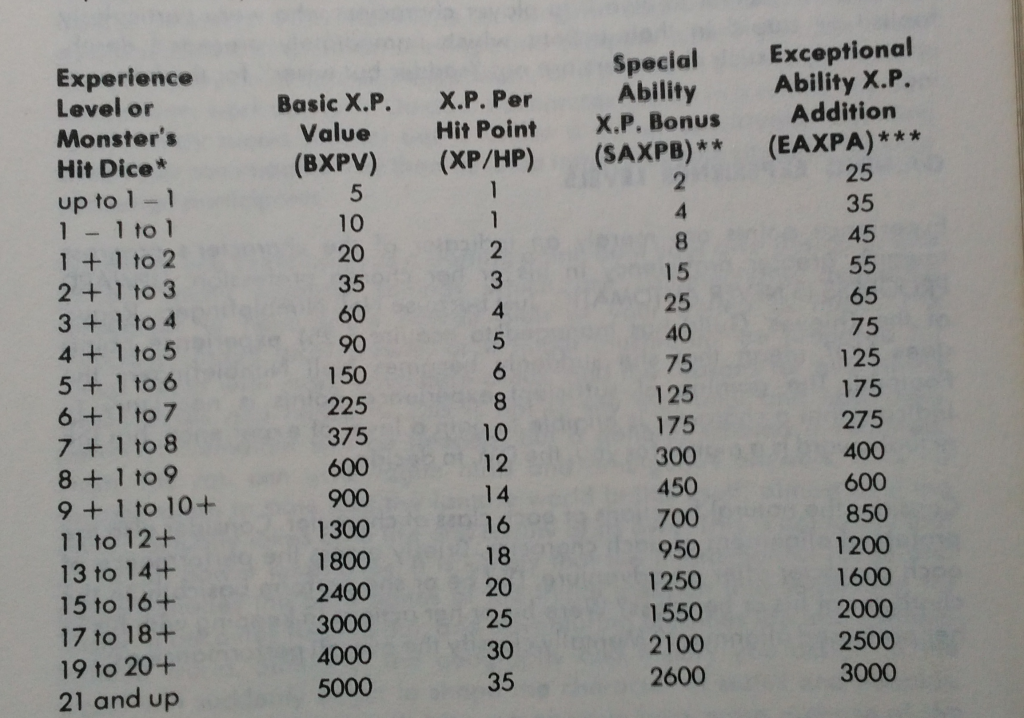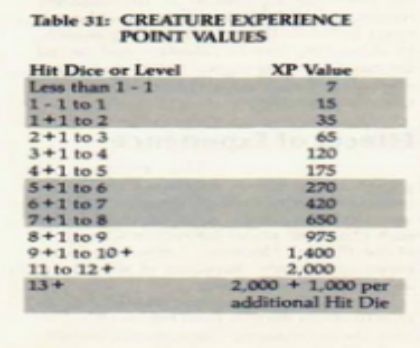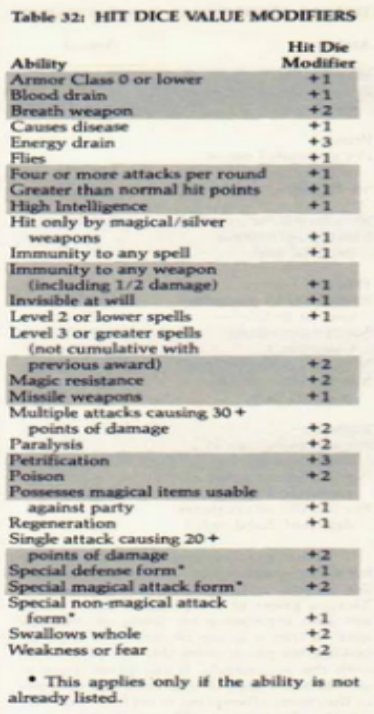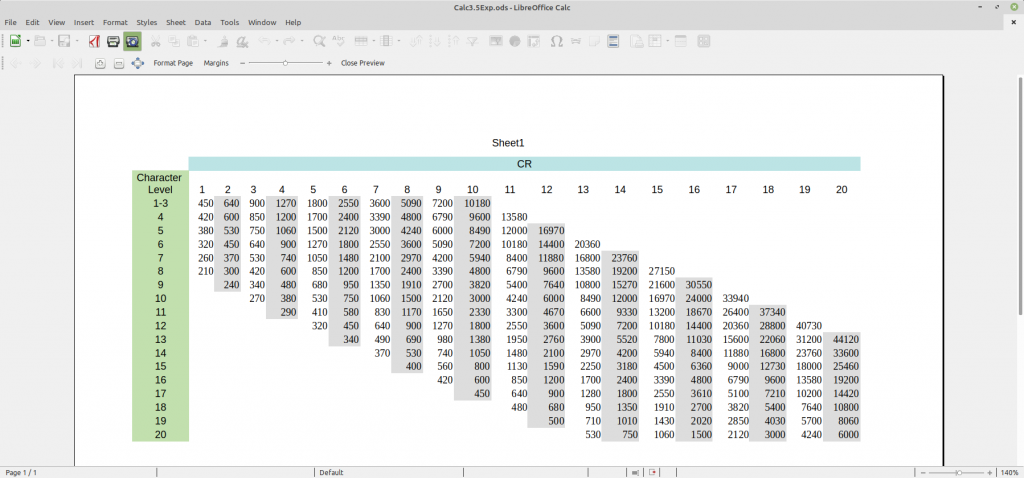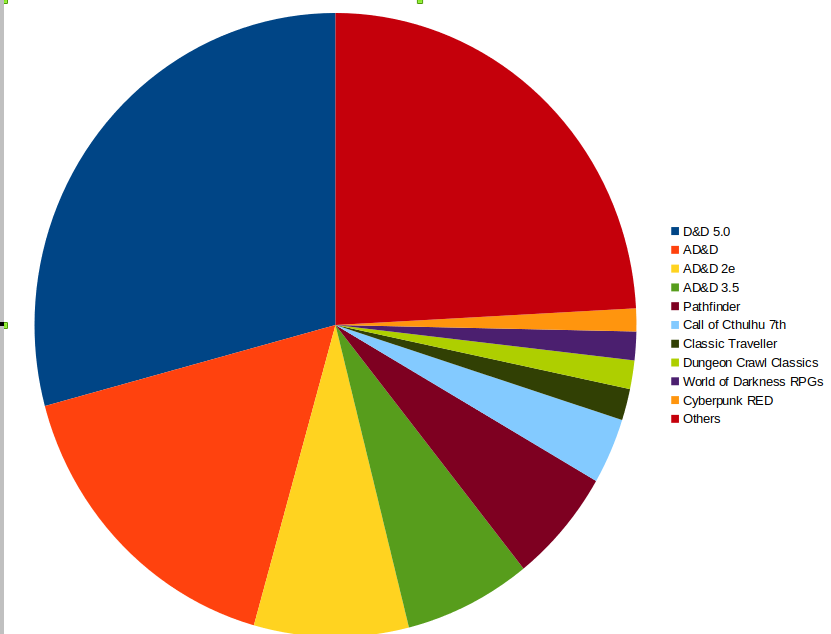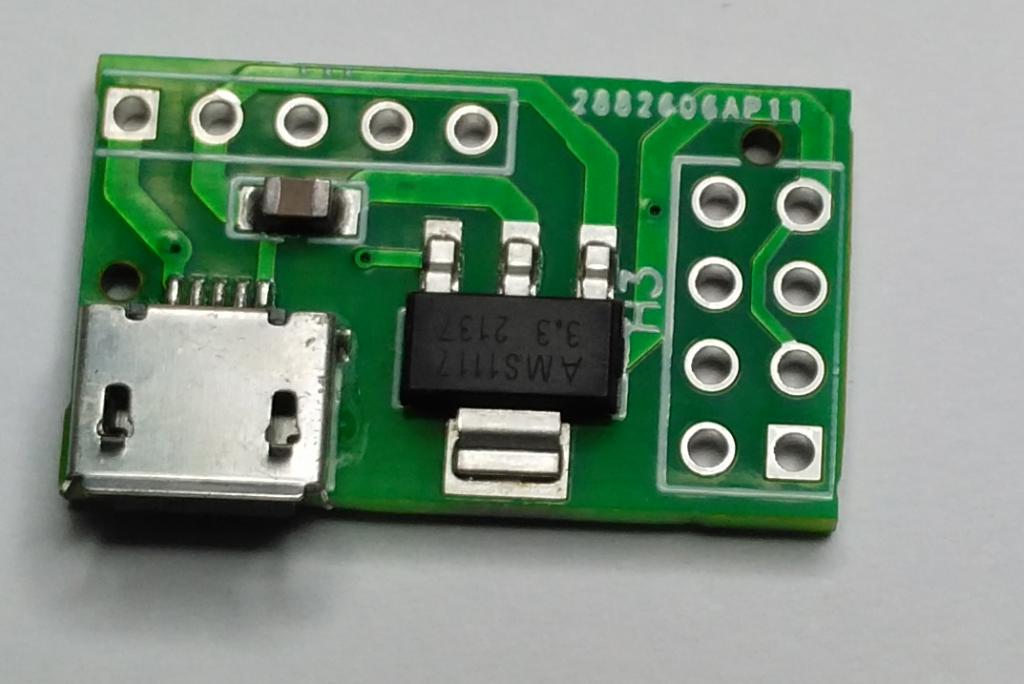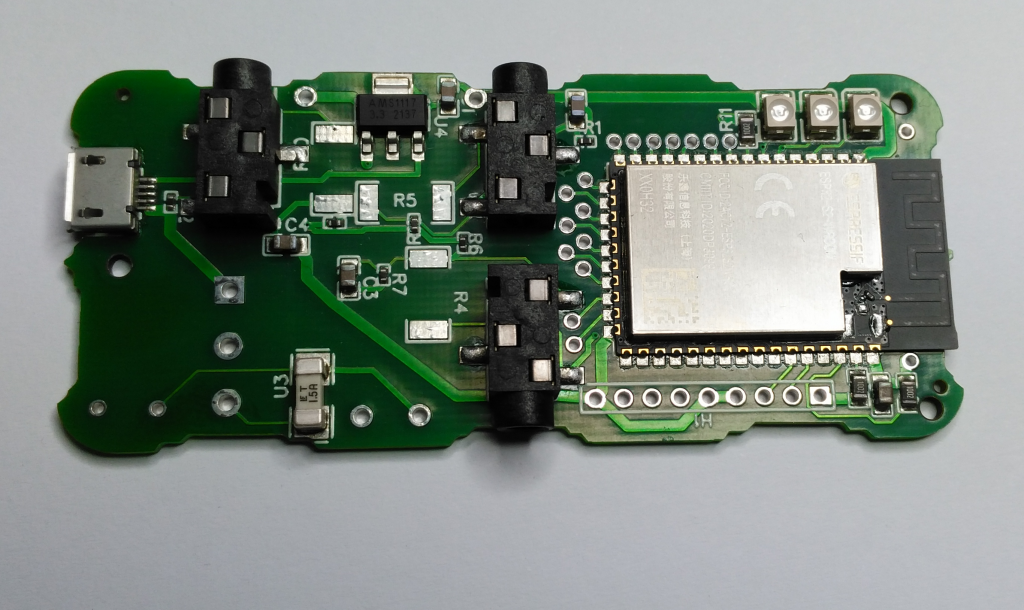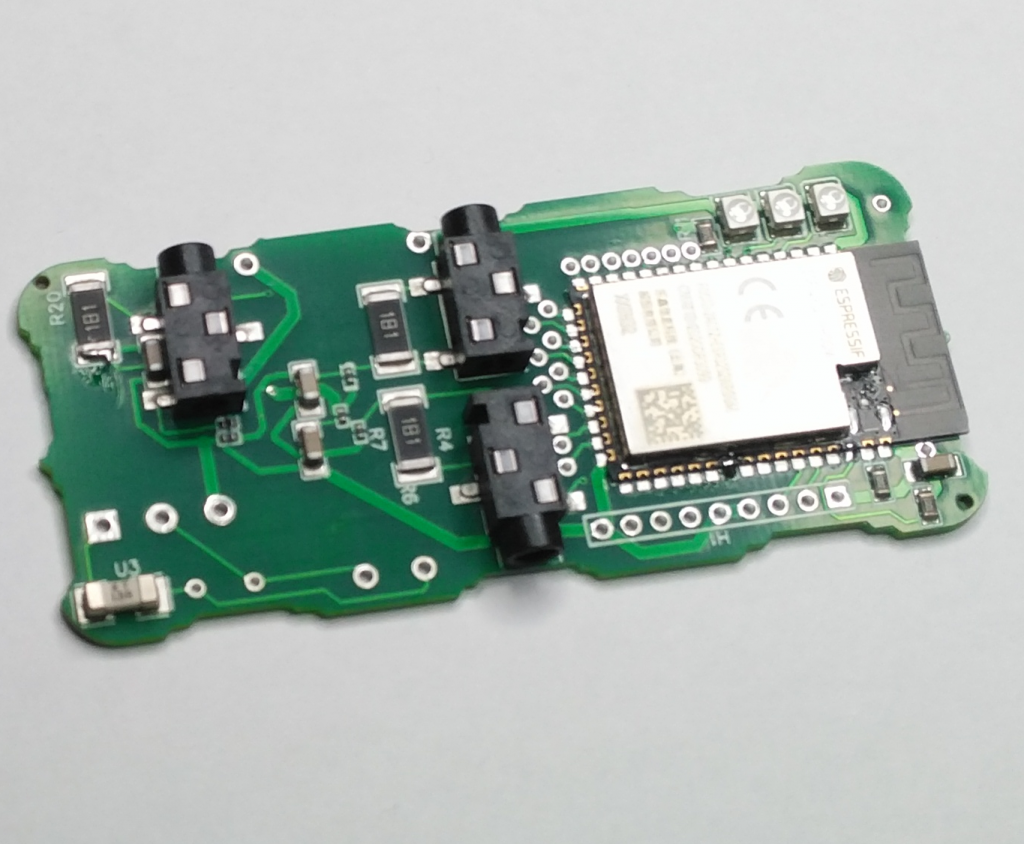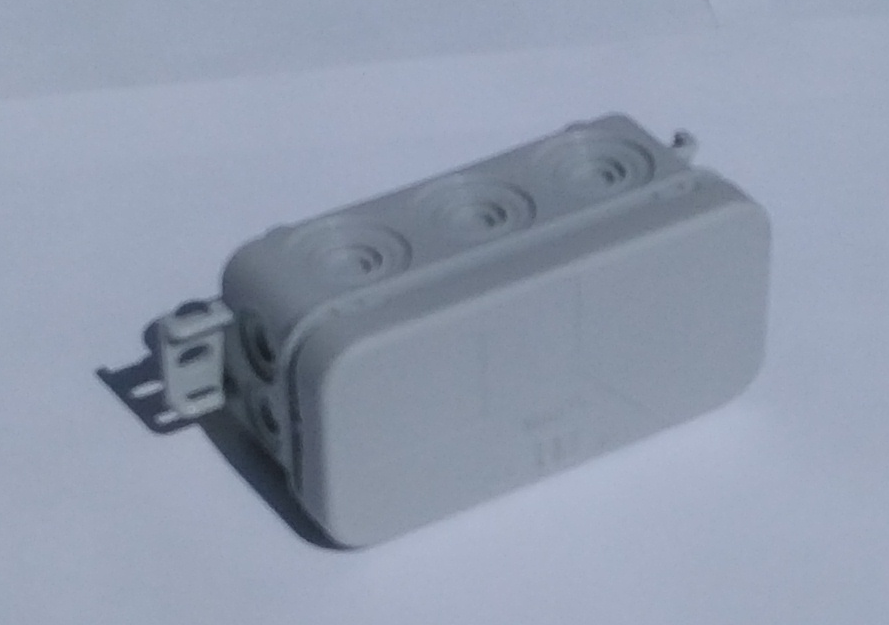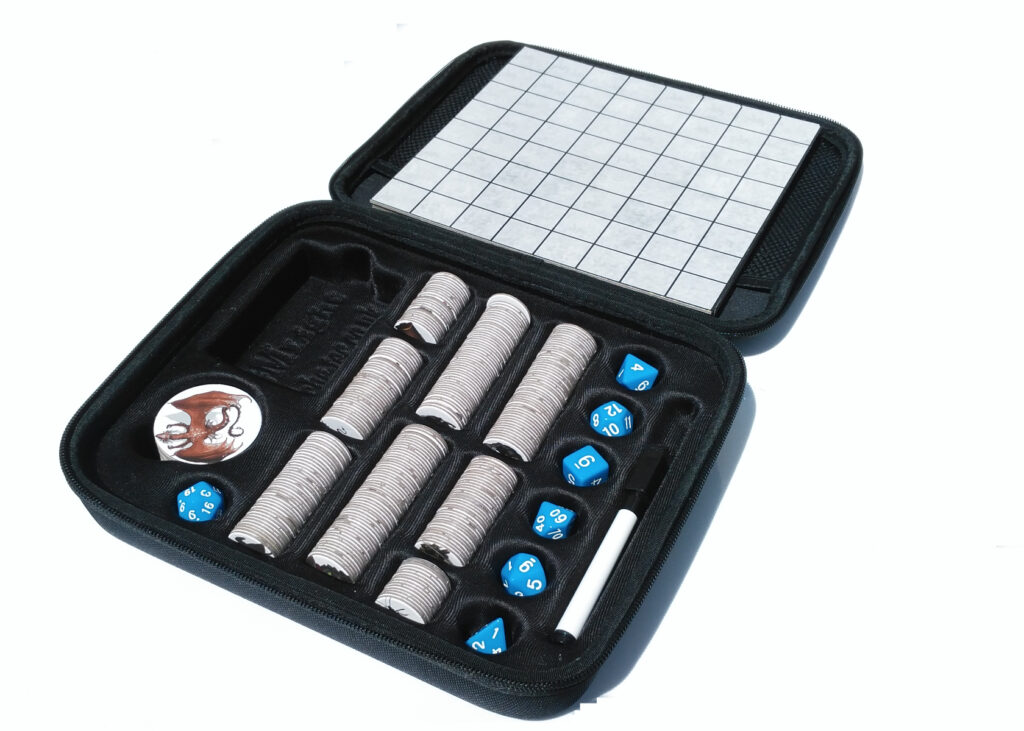
We are preparing to run a Kick starter campaign for GMLight Flavour packs: Add ons to GMLight specific to the various gaming systems. The surveys we’ve conduct have shown that D&D 5e is the most popular FRPG played today. D&D 5e is published under the open game license OGL which means that legal requirements for publishing works which make use of its intellectual property is contained and defined in this license. Other FRPGs that fall under the OGL are D&D3.5, D&D4e,Pathfinder 2e, Pathfinder and Basic Fantasy RPG. The intention is to run Kick Starters for generating flavour packs for each of these FRPGs. D&D4e does not appear to have a strong following and so will be omitted from the proposed kick starter list.

Contents:
- 90 Double Sided monster cards (up to 180 Monsters) Each with a drawing of the monster below its textual description
- DM Screen for tailored to the FRPG
- Sheet of peel-able Condition Stickers for Conditions in the RPG
- Set of Initiative clippons to run a round
If you have any good ideas how we can add more value please answer in the comments
